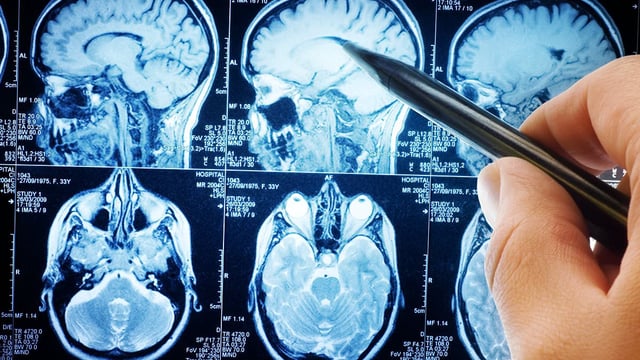Overview
- A Seattle-based team used machine learning on post-mortem brains to reveal a hidden first phase in Alzheimer’s marked by the loss of critical inhibitory neurons in navigation centers.
- Experts from the University of East Anglia identify subtle spatial disorientation—such as misreading sat navs or personal space errors—as the earliest potential sign of this stealth phase.
- Dr Mariano Gabitto says targeting these initial neuron losses could open a new therapeutic window to delay or prevent the disease’s cognitive decline.
- The UK currently has nearly 1 million dementia patients—60% of whom have Alzheimer’s—with projections rising to 1.4 million cases by 2040 and costs set to hit £90 billion over the next 15 years.
- Researchers are urging the creation of affordable screening tools and promotion of lifestyle changes to leverage this two-decade head start for early diagnosis and intervention.

